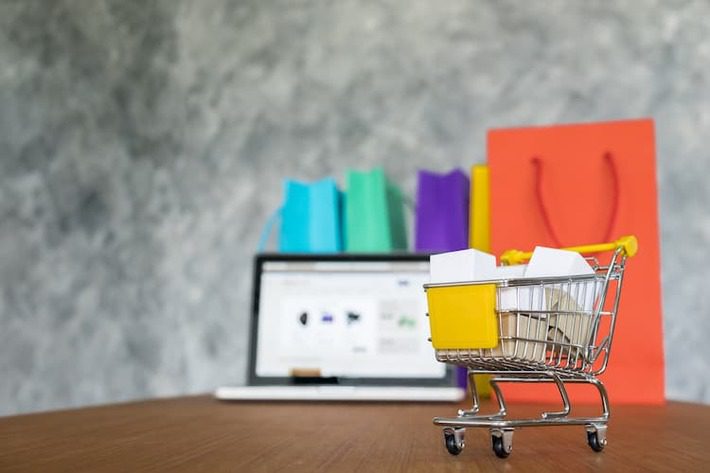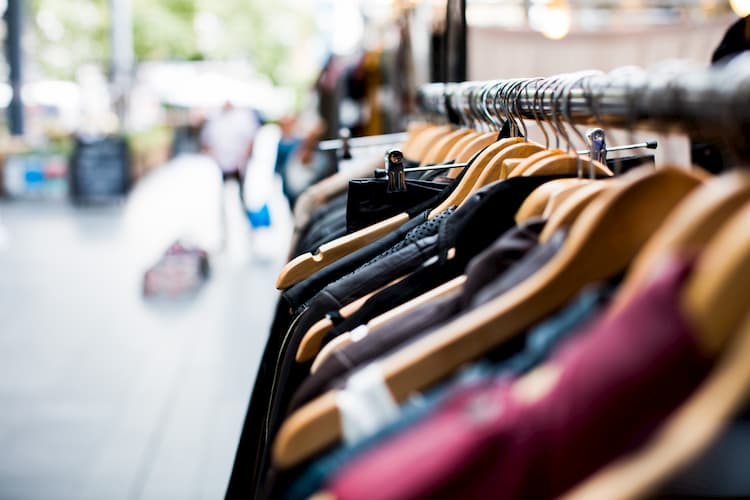
Artificial Intelligence is taking the world by the storm. We can trace more and more use cases in various industries, and retail is not an exception. More than that, Retail is the place for innovations to fulfill their potential. In this article. I want to talk about the ways Artificial Intelligence, and its subdivision Machine Learning, are changing Retail forever.
How AI is Being Used in Retail Today
So, we are in 2019 and Artificial Intelligence solutions still have plenty of room to grow. However, we can already present to you some examples of real-world AI applications with proven business value. Here is how AI is changing retail.
Top 12 Uses of AI in Retail:
1. Stores can become cashier-free.
The robotization of stores will result in reducing lines, lowering the number of human employees, and significant savings on operational expenses. Amazon AI has already introduced checkout-free stores. The Amazon Go and Just Walk Out Shopping technology react when you take something from the shelf or put it back. When you walk out of the shop with products, the Amazon account will take money for your purchase. Amazon wants to make more shops driven by Artificial Intelligence like Amazon Go, where only six to twenty human staff members are needed.
2. Chatbots to assist with customer service.
AI chatbots provide an even higher level of customer service, improve searching, send notifications about new collections, and suggest similar products. If a customer already bought a black hoodie, a chatbot can suggest a snapback to match — and the look is complete. Eighty percent of brands worldwide are already using or going to use chatbots in the near future. Tommy Hilfiger and Burberry have launched chatbots to help their customers navigate through their collections.
3. In-store assistance.
Retailers also invest in technologies that help customers in the shopping process and also help staff in stores. Kroger Edge technology eliminates paper price tags in their stores; smart shelf tags are now used. This technology also provides video ads, nutritional info, and promotions on the displays. Lowebot, an autonomous in-store robot from Lowe’s, helps customers find what they need in the store in different languages. At the same time, it helps with inventory management thanks to real-time monitoring capabilities.

4. Price adjustments.
Applications of AI for retail stores could help businesses set prices for their products, visualizing the likely outcomes of multiple pricing strategies. To be able to execute this, systems collect information about other products, promotional activities, sales figures, and additional data. Business leaders can present the best offers and get new customers and boost sales as a result. eBay and Kroger already apply Artificial Intelligence for their price optimization and stay flexible with their ability to adjust prices and promotions according to the information obtained.
5. Price predictions.
Price forecasting is a prediction of the price of a product based on demand, seasonal trends, characteristics, the release date of new models of the same item, etc. Its obvious implementation lies in the travel industry; however, it could be used in retail as well. Just imagine an app or service that helps your customers know beforehand how the price for a certain product will change. With Artificial Intelligence, this is possible and it is very easy to implement. A Price prediction feature could help you build customer loyalty. Predictive Analytics and Machine Learning in the Retail Industry, however, could achieve much more than just a price prediction.
6. Supply chain management and logistics.
Poor execution in this area leads to losses for retailers around the world in the amount of about $1.1 trillion every year. Leftovers and out-of-stock scenarios can be eliminated. AI in the retail supply chain can be used for restocking — calculating the demand for a particular product by taking into account a history of sales, location, weather, trends, promotions, and other parameters. Morrisons has made a better situation with stock forecasting and replenishment in 491 stores with the help of BlueYonder. It resulted in an up to 30% reduction of in-store shelf gaps.
7. Machine Learning in retail: product categorization.
LovetheSales.com is a great example of Machine Learning in the Retail Industry — it uses Machine Learning Models to classify over a million items from various sellers. Systems based on Machine Learning tag goods and sort them in different categories for customers who are seeking a particular type of product. Lalafo sellers can just upload the image of the products they want to sell and Machine Learning retail software with computer vision would recognize it, classify it, and even suggest a price. This platform already processes more than 900 requests in a second, improving sales with relevant content leveraging Machine Learning Models.
8. Visual search.
Visual Search systems powered by Artificial Intelligence allow customers to upload images and find similar products based on colors, shapes, and patterns. Image recognition technology from Cortexica promises close to 95% accuracy. Customers approved The Find Similar feature with 90% positive feedback. The IR technology of American Eagle uses Visual Search — which not only helps people get the same or similar clothes, but also suggests what would go well with it.
9. Voice search.
Walmart, Tesco, Kohl’s, Costco, and many other big brands use Google or Amazon AI technology to provide customers with simple and quick voice search. Now customers can just ask Alexa for the desired item and its delivery status without typing anything. In fact, 27% of people worldwide use voice search on mobile, and 52% of them prefer it to mobile apps and websites for their convenience.
10. Virtual fitting rooms.
This is another awesome application we need to mention. Virtual fitting rooms are a great way for customers to save time and find the perfect outfit with all the elements perfectly matched — in a span of minutes! A virtual fitting kiosk from Me-Ality can scan you in 20 seconds and measure 200,000 points of your body in this period. Companies like Levi’s, Gap, Brooks Brothers, Old Navy, and others installed these scanners in their stores and received massive sales increases.
11. Customer satisfaction tracking.
Artificial Intelligence is capable of detecting the mood of your customers during the shopping process. Walmart has already introduced a facial recognition system for this function. Cameras are installed at each checkout lane and if a customer is annoyed, a shop representative will talk to him or her. Mood tracking will definitely help build stronger relationships with customers.
12. Customer behavior prediction.
Personali and some other Artificial Intelligence platforms enable business owners to make use of behavioral economics and build an individual approach to each customer. Personali has an Intelligent Incentive platform that analyzes each customer’s psychology and emotions to increase purchases. The algorithm processes the customer’s emotional responses and behavior during previous shopping experiences and tries to come up with optimal pricing offers for a particular visitor.
Originally posted here
